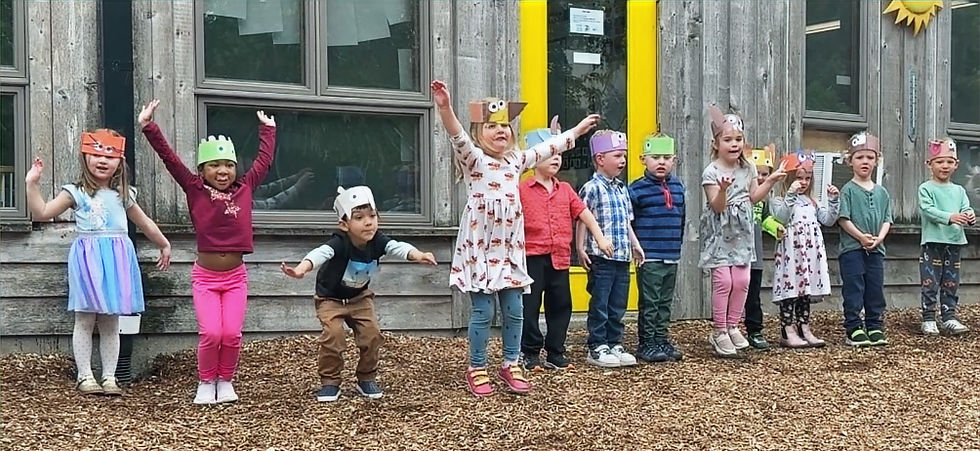Move to Read
- activealphabet
- Oct 12
- 2 min read
How Movement Enhances Letter Sound Acquisition

What if learning the ABCs was less about sitting still and more about getting up and moving?
It makes sense: When we engage more of our senses—sight, sound, touch, and movement—learning becomes more memorable. Picture a child hula-hooping like a hippo or jumping like a jack rabbit as they repeat the letter sound alongside the letter itself. Suddenly, phonics isn’t just abstract. It’s felt. Lived. Remembered.
While this kind of active learning didn’t immediately boost word reading, which comes later, it lays a stronger foundation. Reading is a complex process, and solid letter-sound knowledge is one of its key building blocks. Encouragingly, the benefits of movement-based learning were seen across the board—not just in kids with strong motor skills.
For parents, caregivers, and educators, the takeaway is simple: let kids move. Whether it’s dancing through the alphabet or striking a pose for each phoneme, movement helps minds grow. Tools like the Active Alphabet video and the Active Alphabet Interactive Letter Wall can make learning both joyful and effective, turning letter practice into play.
So next time you're helping a little one with their ABCs, don't just point to the page—get moving. Their brain (and body) will thank you.
References
A Better Way to Learn Your ABCs from Edutopia (2022, September 14).
Damsgaard, L., Nielsen, A.-M. V., Gejl, A. K., Malling, A. S. B., Jensen, S. K., & Wienecke, J. (2022). Effects of 8 Weeks with Embodied Learning on 5–6‑Year‑Old Danish Children’s Pre‑reading Skills and Word Reading Skills: the PLAYMORE Project, DK. Educational Psychology Review, 34(3), 1709-1737. https://doi.org/10.1007/s10648-022-09671-8



Comments